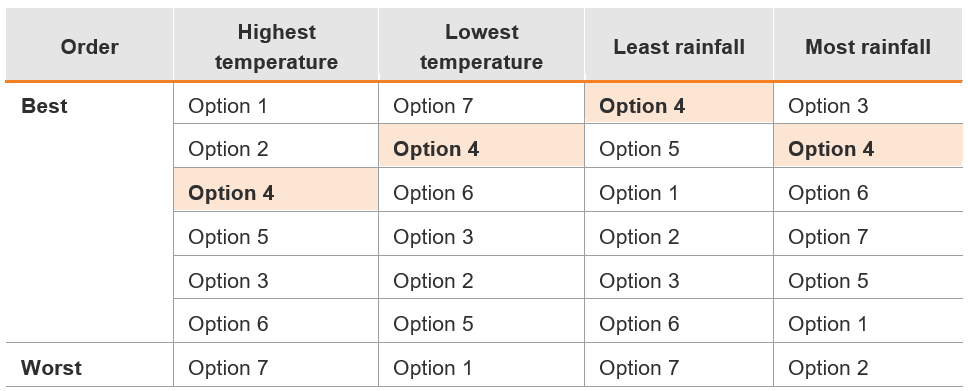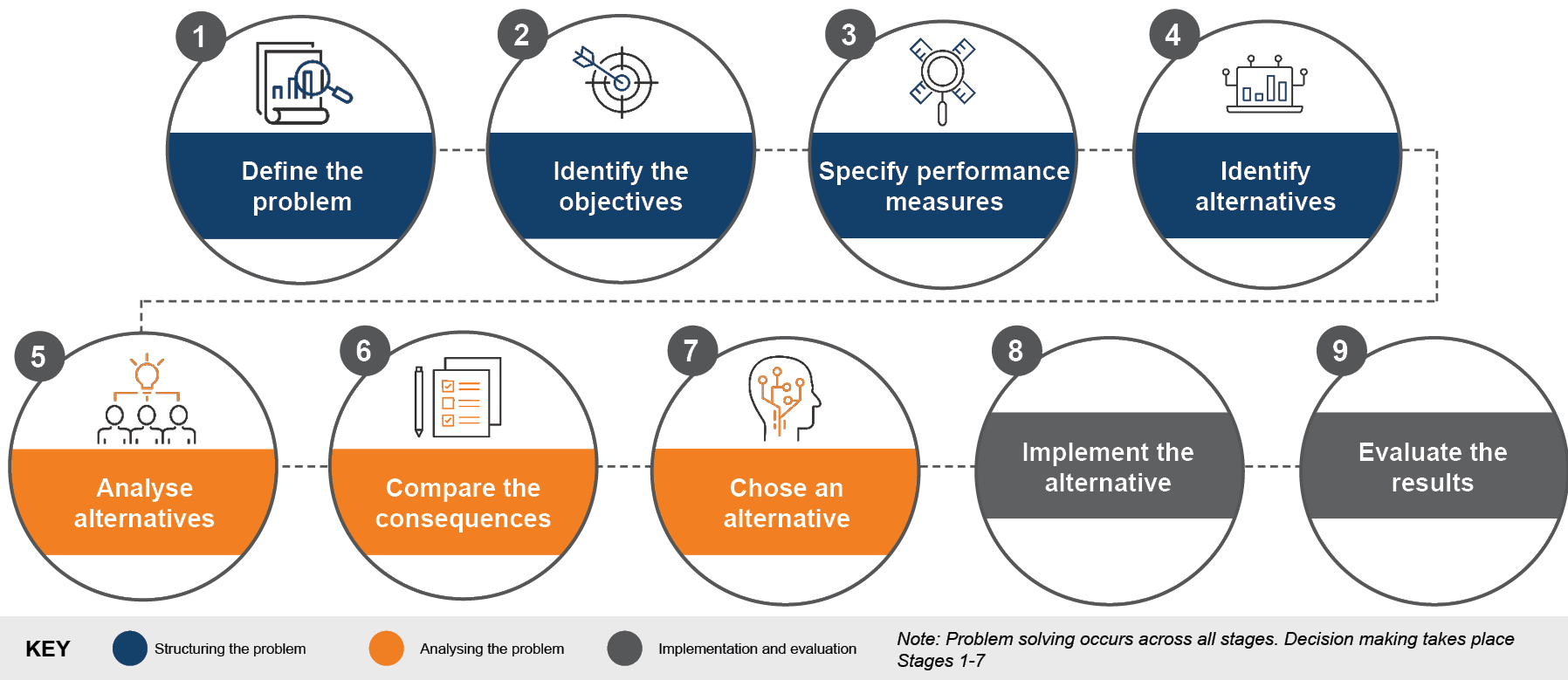About the only thing that is certain now is that the future is more uncertain than ever. 2020 has already been an extraordinary year and, with the dual calamities for Australia of our devastating bushfire season and the COVID-19 pandemic, business decision makers are faced with increasing complexity. In our consulting work, Energetics sees more and more businesses seeking to understand the risks of the changing climate and the implications for their future. These risks are traditionally described as:
- transitional risks – typically articulated as the impacts of changing policy and markets, they also include supply chain risks
- catastrophic risks – the implications of the more extreme weather systems we will be facing
- existential risks – risks associated with increasing temperatures, rising sea levels and changing rain fall patterns.
The breadth of these challenges can seem overwhelming, preventing companies from making decisions in a timely manner. However, there are tools available to help organisations through the decision process.

The importance of a robust decision-making process
Good decisions are the product of a good decision-making process. Below is a typical process. Problem solving involves all stages of the process, while decision making involves stages 1 - 7.
A good decision process always starts with defining the objectives of the process, how success will be demonstrated and how it will be measured. It is this framing of the problem that enables decision makers to be clear on their aims. Processes which support a clear framing of the problem should include all stakeholders and be underpinned by clear communication so that the objectives represent a shared perspective.
Only when success is well-defined and performance measures agreed should alternative solutions or answers to the problem be determined and considered[1]. Identifying alternative solutions following the definition of the success criteria will lead to a broader and more far-sighted set of possible solutions. It is vital that extensive input is gathered to establish the set of alternative solutions for consideration, and of course the opportunities as well as the risks should be outlined for each alternative. This clear flow through the decision process will help you guard against unconscious bias as much as possible and will stop you from only considering options that you understand.
Incorporating uncertainty
Mathematical models are typically used to assess the performance of alternative solutions in success criteria. Incorporating uncertainty into the variables used in these models is important as it will ensure that the results reflect the potential outcomes of each alternative across an expected range. Working out which of the alternatives out-performs the others under uncertainty, is not a trivial process. Typically, uncertainty is considered within the models as ranges within which an answer will fall, as opposed to being a single, definite answer.
Weighing up alternative solutions
Traditionally the preferences of stakeholders would inform weightings which are then used to determine how well each alternative performs relative to what could be defined as ‘best’. Weightings should be assigned only once you know the range of expected performance.
To illustrate this point, consider a person buying a car. Initially they might say that they value the cost of the car and the fuel efficiency equally. They then find two alternatives they are interested in:
- Car A costs $20,000 and has a fuel efficiency of 7L/100km
- Car B costs $19,000 and has a fuel efficiency of 12L/100km.
Taking the original position that cost and consumption are equally valued then it is not possible to differentiate between the alternatives. However, when the performance scores are known it becomes clear that the a much higher preference should be shown for fuel consumption as this is the criterion which differentiates the performance of the two alternatives more distinctly.
How should competing success criteria be treated?
In the case of multi-objective decision making when there are apparently competing success criteria, the preferred or best solution is the one which meets all success criteria equally.
A different way to describe such an outcome is the point of least trade-off. If ranges of weights are considered, then it is possible to develop a ‘surface’ to explore. Different options will be best at different points of the surface and you can see which alternative is preferred most often, irrespective of the weightings applied. This becomes the set of more robust solutions, or the solutions which are essentially indifferent to changing preferences or weightings.
Climate change and introducing complexity through understanding uncertainty
Climate change models are extremely complex. There are eight models in the current suite of climate models incorporated in the CSIRO climate database. These give a breadth of climactic conditions, including lower and upper temperature ranges and rainfall totals and dispersion. Mapping the implications of climate change onto proposed solutions and their performance in the success criteria, results in performance bands. Ultimately this creates millions of response points for a single set of solutions being considered, which only increases the challenge at hand: how to choose a preferred outcome and actually take a decision.
When ranges of performance are mapped onto preference ranges, the breadth of responses can leave decision-makers overwhelmed by shades of grey and uncertainty. Paralysed by the complexity, they default to inaction.
However, it is possible to take decisions in these circumstances.
By conducting a complete robustness assessment which considers all scenarios and accounts for uncertainty as tested through sensitivity analyses, we are able to present preferred alternatives which are least likely to be wrong irrespective of the risk trajectories (transitional, catastrophic or existential) being considered.
An example is illustrated below. There are seven alternatives under consideration. Sensitivity analyses are conducted and for four different climate extremes the order of the alternatives from best to worst is determined.
This table illustrates that Option 4 is the preferred one for this decision context. It presents in the top three answers more often than any other, does not present in the bottom three, and is the preferred solution in one scenario.

If decision makers are struggling to take a decision at this point it, for example in the table above they may want to consider option 1 and 6 as well as 4, is possible to further investigate the outcome being recommended. A shortlist could be constructed. How each option performs against the criteria could be investigated in further detail before a final decision is taken.
Making robust decisions: look for the least wrong answer
Climate change presents complex problems and a myriad of possible responses. However, the discipline of establishing and following a clear decision-making process will enable businesses to take robust decisions in very uncertain times and continue to make profitable progress in a manner which directly addresses and manages risks. Energetics can help with the assessment of risks, advise on decision making processes, stakeholder engagement and scenario development, and ultimately, the integration of climate change into your overall business strategy.
Good decisions come from good processes: summary points
|
References
[1] It can be a mistake to identify different solutions or answers before defining overall success criteria. Such an approach can result in the performance criteria being defined in the context of the alternatives which in turn sees the response being skewed to the alternatives which will not necessarily address the problem at hand but are well known to the decision maker.







